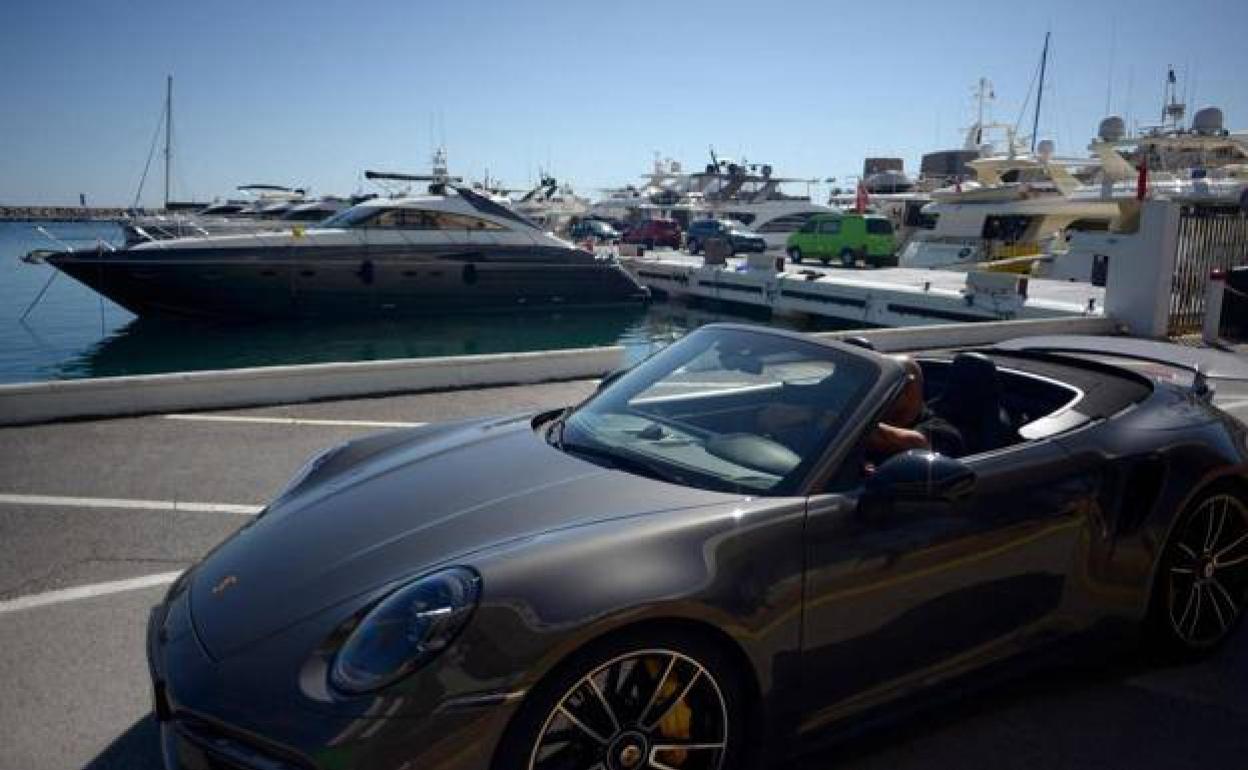The luxury sector, barely touched by the economic crisis
The high-end market is expected to exceed pre-pandemic levels with 320 billion euros of sales worldwide this year and Spain is the European leader in this type of tourism
José Antonio Bravo
Madrid
Monday, 8 August 2022, 19:12
Economic crises affect rich people as well, it's true, but not nearly as much as the rest of us. In 2019, turnover on luxury products and services reached a record 281 billion euros. In 2020 sales in the sector fell by 26%, due to the near-impossibility of travelling to other countries, but this year they are expected to reach record levels again.
But who are these super-wealthy people? The latest report on global wealth by property consultant Knight Frank placed Spain 11th on the list with 11,685 extremely wealthy residents at the end of 2021. And according to the Capgemi investment firm there are 246,500 rich people in this country if all those worth more than one million dollars (954,000 euros) are included.
The wealthy are often viewed with suspicion, especially in times of crisis. In Spain, the richest 10% hold almost 58% of total wealth. However, this is a powerful industry with a growing weight in the national economy.
Spain is the European country in which high-end tourism contributes most to GDP: 2% compared to the average of 0.9%, according to specialist consultancy Bain & Company , which quantifies this contribution at 25 billion euros a year. That represents 26% of the total income of the Spanish tourism industry, which is between 70 and 95 billion a year, depending on the scale used.
Big spenders
The Bain study shows that while traditional tourists spend 39% of their budget on shopping, the rich spend 50% on purchases, 26% on accommodation and 20% on eating out. About 54% say they like to eat in the top restaurants – and 228 of those in Spain have a Michelin star, which helps to explain its popularity.
With regard to the luxury goods market (jewellery, cars, fashion, perfume and cosmetics), the bad pandemic dream has long been left behind. In 2021 turnover grew by 15.5% in Spain (19% globally,) despite the lack of visitors from China, South Korea, Japan, the USA and Latin America due to Covid.
Bain has drawn up three scenarios for the world’s luxury sector this year. The most optimistic predicts an annual growth rate of 15% to 330 billion euros in income, while the most conservative expects a 5% improvement to 305 billion euros and the medium estimate is a 10% rise to 320 billion.
These calculations have taken into account the sharp decline in Russian high-end consumption, due to the EU sanctions after the invasion, and the sluggishness of the Chinese market because of pandemic restrictions (even so, last year it accounted for 21% of the luxury market). And this is something which is being felt by the big stock market firms: the S&P Global Luxury index has fallen by 19% in the past year.
